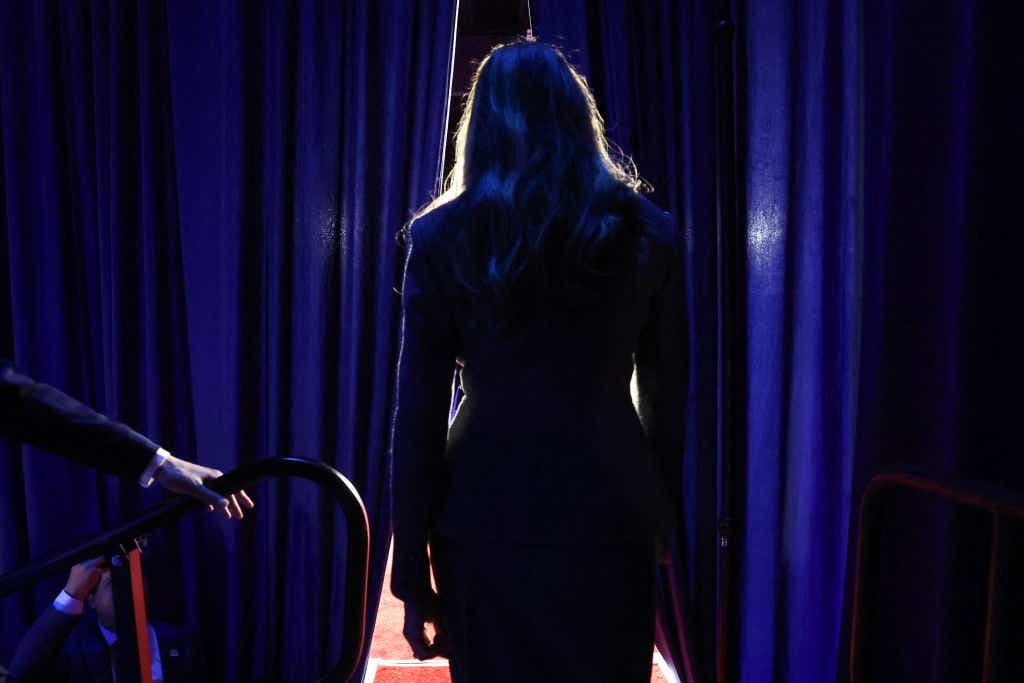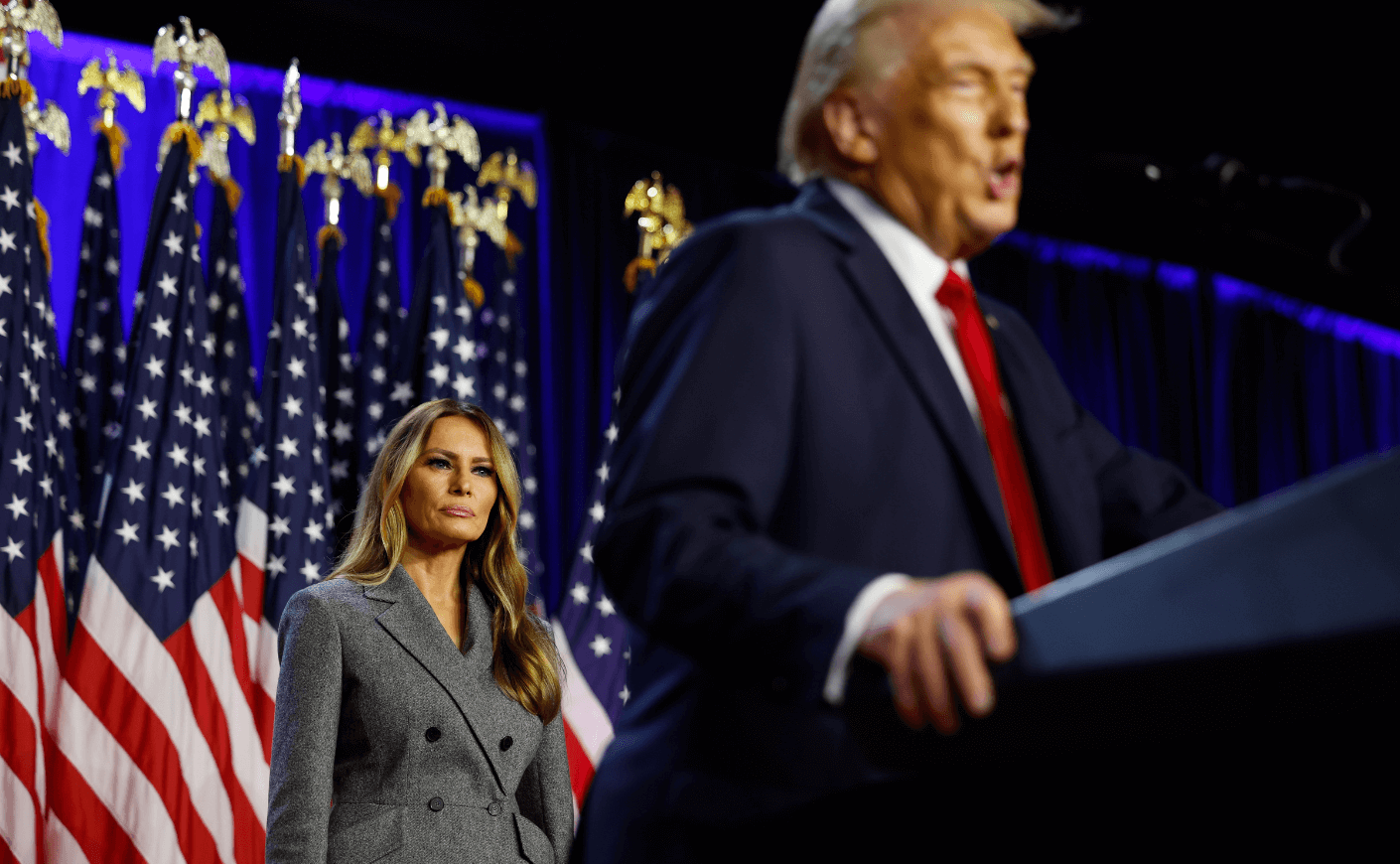This column first appeared in The Amendment, a biweekly newsletter by Errin Haines, The 19th’s editor-at-large. Subscribe today to get early access to her analysis.
Originally published by The 19th.
As President-elect Donald Trump’s administration quickly takes shape, there are also signs of how the incoming first lady’s role might look.
In the two weeks since the election, Trump’s Cabinet picks have made headlines. Amid the peaceful transfer of power, Melania Trump was also in the spotlight for her absence. In his first trip back to the White House last week, Trump showed up without his wife, who declined to join the transition meeting with President Joe Biden and First Lady Jill Biden, citing a prior conflict.
It was the latest example of how Melania Trump is exercising her autonomy, after an election that has left women who did not vote for her husband considering what their rights will look like as he returns to office.
Donald Trump is known for abandoning political and societal norms and expectations, but his wife is also often choosing to be unburdened by what has been the traditional role of the first lady.
In Trump’s previous campaigns, Melania Trump was a fixture on the trail, but in 2024, she was scarce. Her brief appearance on the final night of the Republican National Convention drew cheers from the crowd, but she didn’t introduce him as she had previously — that task went to his daughter-in-law, Lara Trump.
When she did speak, just weeks before the election, Melania Trump made news when she defended abortion rights in her memoir.
“Restricting a woman’s right to choose whether to terminate an unwanted pregnancy is the same as denying her control over her own body. I have carried this belief with me throughout my entire adult life,” she wrote in a rare declaration of her political beliefs, and as the spouse of the presidential candidate who ushered in the end of federal protections for abortion.
Her stance is shared by more than 6 in 10 Americans, including 64 percent of women and 40 percent of Republicans. It is unclear what Donald Trump will do on the issue of abortion when he returns to office; while he said it should be left up to the states, he didn’t close the door on federal action. He signaled support for repealing Florida’s six-week abortion ban before announcing he would vote against the initiative. Many experts point to ways that the president could move to restrict access to abortion even without a federal ban, raising the question of whether Melania Trump will continue to weigh in as first lady.

Melania Trump was by her husband’s side as the couple cast their ballots on Election Day in Florida, and as he claimed victory on Election Night at Mar-a-Lago. A post from her office on X read in part: “Her husband’s return to the Oval Office to commence the transition process is encouraging, and she wishes him great success.”
But she reportedly won’t be a full-time first lady living at the White House. Eight years ago, Melania Trump delayed moving to Washington from New York City while her son, Barron, finished the school year. Her decision was seen as a choice to prioritize motherhood and minimize disruption for the couple’s youngest child, now a freshman in college.
The White House is where the first couple live and work, but Melania Trump has no plans to spend much time there doing either. Her post-White House life has often looked like one of independence, focused on her identity. In addition to her memoir, she also announced a digital photography series documenting her “fast-moving life.”
Being first lady is not an elected position. The role does not come with official duties or a salary, and did not have an executive office in the White House until 1977. From Martha Washington to Jill Biden, first ladies have long defined the role for themselves, and their degrees of involvement and visibility have varied.
Abigail Adams lobbied her husband, John Quincy Adams, for women’s suffrage; Eleanor Roosevelt, the longest-serving first lady, was an outspoken human rights champion who largely redefined the office. In the modern era, first ladies like Lady Bird Johnson, Rosalynn Carter and Nancy Reagan were constant fixtures and trusted confidants in the White House.
In her post-White House life, Hillary Clinton made history as the first woman presidential nominee for a major political party. Michelle Obama, along with her husband, was a historic first in the role and remains among the most popular figures in American politics. Jill Biden has balanced her duties as first lady with her teaching career.
Perhaps it is a reminder that, like her husband, Melania Trump isn’t like the rest of us, that the rules don’t apply to her, either.
The role of first lady is more cultural than consequential, but it is one that has historically embodied the country’s values. In her first term, Melania Trump to some projected beauty, style, confidence and charm, and to others was seen as removed, guarded and inscrutable. What message could her potential absence send to the American people?









